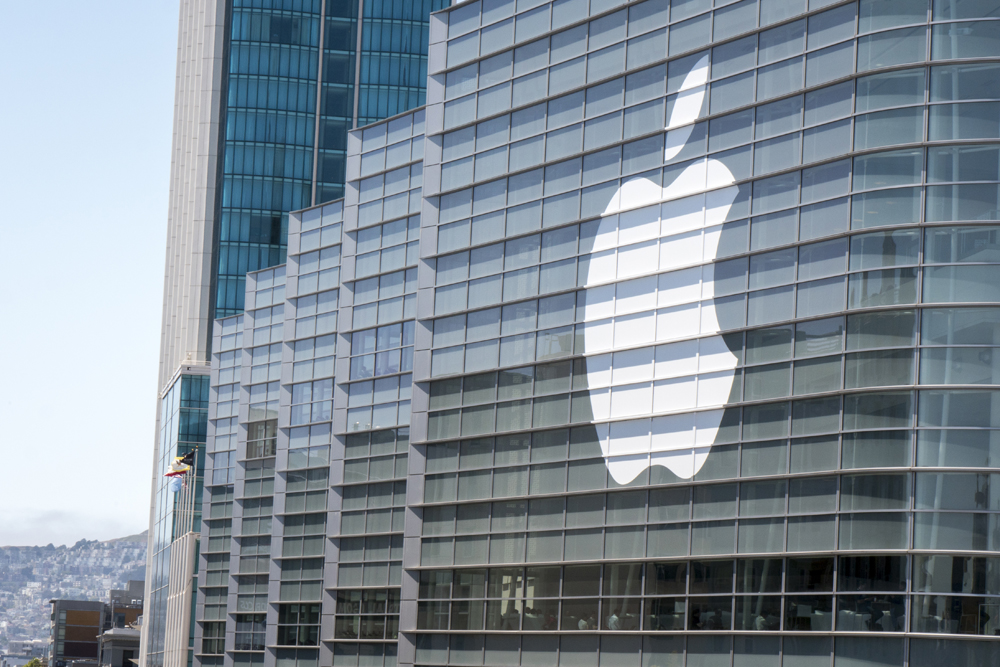Bigger Panama Canal, Increasing E-Commerce Expected to Drive Industrial Markets in 2016
Logistics/Distribution in a Period of Rapid Transition
Source: CoStar News
By: Mark Heschmeyer
Date Posted: December 29, 2015
There are two primary obsessions dominating the outlook for industrial markets in 2016: the much-anticipated spring opening of the $5.25 billion expansion of the Panama Canal (Panamax); and the impact e-commerce is having on logisitics networks.
The effects of both already have begun reshaping U.S. industrial markets, and those effects are expected to accelerate in 2016.
“Industrial distribution is in a period of transition,” said George Livingston, chairman emeritus of NAI Realvest in Orlando. “It will end with a mix of bigger buildings, like Amazon properties, and smaller more close-in, last mile properties. Design will change. Outmoded buildings will be redeveloped. Warehouses will become part of retail mixed-use developments.”
“Sales volume and price will continue to increase — as will rents. Some markets have to catch up,” added Livingston.
8 Years of Waiting Ends in Spring
The effects of the Panamax expansion, which will allow for the doubling of the size of the ship that can pass through the canal, have already impacted coastal U.S. markets. The average sale price of warehouse and distribution facilities along the U.S. coast has risen 50% in the last five years. Annual sales volume for those same properties has nearly tripled in that time, and they have added nearly 46 million square feet of new space in the last two years.
The downside to all of that new development is that net absorption has totaled a negative 40 million square feet in that time and the vacancy rate for warehouse distribution space has jumped to about 33%.
Still, the anticipated boost in international trade from Panamax here in the U.S. has sent average asking rents for industrial property up in coastal markets by 20% over the last five years.
The widening of the Panama Canal is now 96% complete and the opening of the new channel to large cargo vessels is scheduled this spring. Improved shipping times to East Coast markets as a result of the expanded canal is expected to chip away at the value advantage currently offered by cross-country rail shipments from West Coast markets, concluded a CoStar study of the expected impact of the canal expansion on seaport real estate completed in 2012.

Transportation costs by ship, train, or truck, are in constant flux and vary widely depending on the route and time of year. They can also be influenced by supply and demand, as well as factors like fuel costs.
However, whether the increased investment in coastal industrial property markets will pay off could begin to be seen this year. But they are in no ways sure bets.
Monmouth Real Estate Investment Corp. this month acquired a new 175,315-square-foot industrial building at 450 Northpointe Court in Covington, LA, for $18.4 million. The property is net-leased for 10 years to FedEx Ground Packaging System. Louisiana marks a new territory for Monmouth, which purchased the property for its proximity to the Port of New Orleans, the fifth-largest port in the U.S., and one largely expected to benefit from Panamax.
Monmouth’s chairman, Eugene Landy, has long sounded the benefits of the Panama Canal expansion. “We just think it’s going to be a game changer,” Landy said in his quarterly earnings conference call last month.
“If you double the size of the ship, you increase the cost of operations by only 50%. So you’re getting bigger and bigger ships that are going through an expanded canal, and they’re going to go to the Gulf Coast. They’re going to go to the East Coast,” Landy said. “Frankly when you take areas like New Jersey, I have no idea where they’re going to put all that merchandise. There’s going to be a tremendous shortage of warehouses when those ships start arriving.”
Denny Oklak, chairman and CEO of Duke Realty, isn’t quite as heady on the immediate prospects for industrial property owners.
“Clearly we think it’s going to be beneficial for the Eastern Seaboard markets, and I would also include the Gulf markets, like Houston,” Oklak said in his latest earnings conference call. “But we think the impact is going to be very slow to take place. I don’t think you’ll see really meaningful movement across the Eastern Seaboard for potentially upwards of 10 years.”
Because they involve the whole logistic supply chain network, Oklak said companies do not make changes overnight.
“You’re talking about changes in rail lines, trains and changing in trucking and distribution, new facilities being built,” Oklak said.
Executives at First Industrial Realty Trust also were of a mixed mind. On one hand, they said they felt like a lot the adjustments to industrial space demand have already happened. At the same time, the lowering of transportation costs to goods coming to the U.S. means consumers can buy more, which can only benefit industrial real estate space in the long run.
Consumer Shopping Behavior Changing Industrial Markets
The impact from consumer shopping behavior beginning to migrate online is reaching all inland and coastal industrial markets.
Although e-commerce as a percentage of total retail sales is still small, it continues to increase. Mobile commerce (M-commerce) is also still in its infacy, but it too is increasing. As a result, many retailers are reducing their store footprints and, in some cases, offering showrooms for customers to browse and order their products for shipment.
“This is a big part of the reason why industrial demand continues to outstrip supply in many regions,” said Matthew Dolly, director of research for Transwestern based in Northern New Jersey. “As a result, developers continue to seek land opportunities and where land is scarce or too high-priced, some builders will continue seek redevelopment opportunities in functionally obsolete properties of any type.”
Port markets in the Northeast are expected to benefit from both Panamax because of increased shipping to the Eastern Seaboard and their proximity to major population centers and the retail demand that generates, with the Port of New York and New Jersey being an obviosu example. But even inland ports are benefitting, said Dolly.
Shipping traffic is slated to double at the Port of Albany after the Empire State Development Corp. awarded the port a $4 million grant to construct a heavy-lift cargo operations building that will allow for the movement of intermodal cargo.
The Rosenblum Cos. in Albany, NY, is pursuing approvals from the nearby Town of Bethlehem for a 120,000-square-foot industrial park that will feature three modern, high-bay warehouse buildings.
“Industrial vacancies in our market are at historic lows and much of the product reflected in the statistics is outmoded, so the market is hungry for modern warehouse and distribution facilities,” said Seth D. Rosenblum, CEO of The Rosenblum Cos. “We’ve been eyeing the area near the Port of Albany as an industrial expansion opportunity. Albany’s port is the northernmost inland port open to traffic year-round and serves as an alternative to the NYC-area ports.”
Evergreen Industrial Properties in Dallas is also seeing a significant increase in leasing velocity at industrial assets with infill locations.
“Today’s light industrial users, many with an existing e-commerce component to their business model, are focusing on proximity to the metro population core,” said Graydon L. Bouchillon, head of acquisitions for Evergreen. “As the revival of urban living across the U.S. strengthens, we’re seeing light industrial tenants place emphasis on locations that have the ability to meet consumer demand for same-day and next-day delivery. 2016 will be the year that the need for a viable ‘last mile’ solution moves to the forefront for many light industrial users.”









